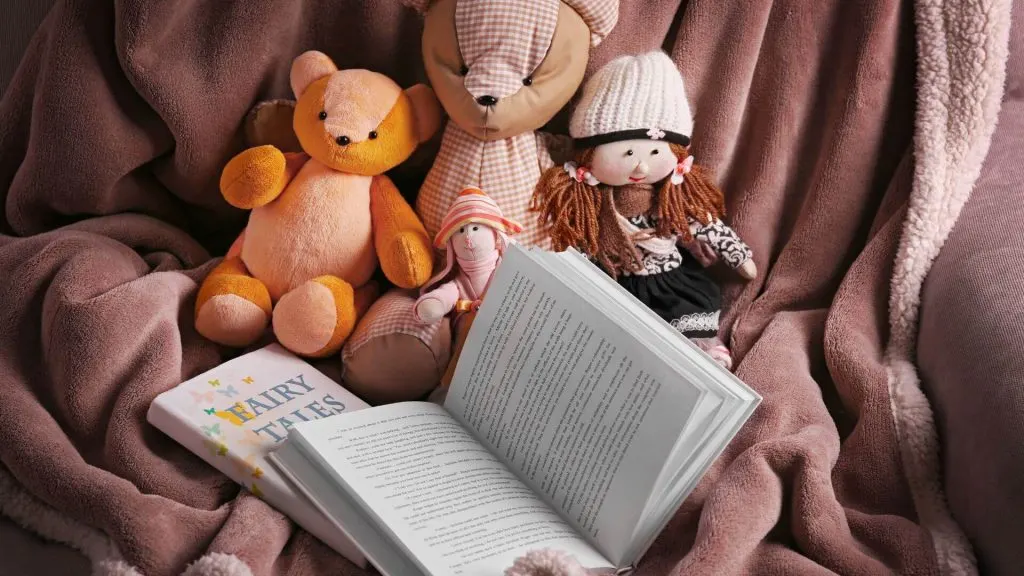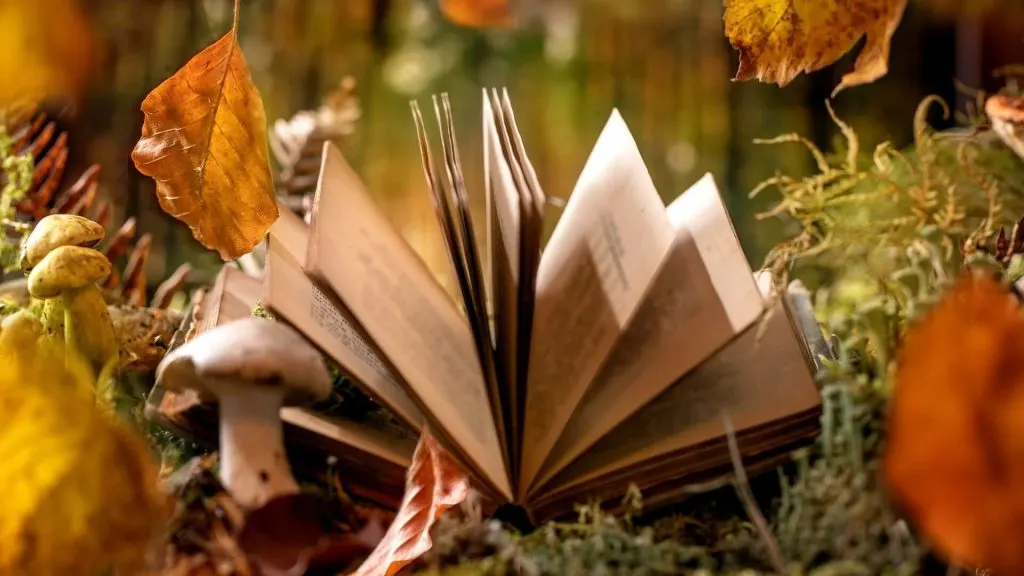Fairy tales have been enchanting children and confusing adults for centuries. Simultaneously timeless and extraordinarily outdated, many people can’t quite explain why we keep returning to these old short stories designed for children.
As you share fairy tales with your child, you may start thinking about creating a delightful children’s bookstore or a themed cafe in Georgia to celebrate these magical stories. If that entrepreneurial spark is ignited, knowing how to correctly set up your business is essential. To help with that, here’s an in-depth guide on how to apply for an LLC in Georgia, putting you one step closer to making this dream a reality.
The following will examine a few fascinating fairy tale facts that interest children and the young at heart.

Fairy Tale Versus Fairy Story
Once upon a time, fairy tales were called fairy stories. The term fairy tale only came into use around 1635, but these kinds of stories are much older. A French author named Marie-Catherine d’Aulnoy was the one who made the term popular with her work Les Contes des Fees in 1697. The author possibly worked as a spy for France and narrowly escaped arrest once by climbing through a window and hiding in a church. In her lifetime, she published twelve books which included three fake memories, two fairy tale collections, and three historical (the term used very loosely here) novels.
Once Upon A Time
Now a quintessential part of the fairy tale, Once upon a time dates back to the work of Chaucer in the 14th century. Typically, a story that begins with these words ends with: and they all lived happily ever after, but older stories end with: and lived happily until their deaths. Similar opening words for fairytales are found in text written in Albanian, Basque, Breton, Bulgarian, Croatian, Czech, Danish, Esperanto, Estonian, Faroese, Finnish, German, Greek, Hebrew, Icelandic, Italian, and many other languages, making it an almost universal opening to folk tales. Other standard openings include:

- Long, long ago/A long time ago (Kyrgyz, Japanese, Indonesian, etc.)
- Back when tigers used to smoke tobacco (Korean)
- Beyond nine seas (Lithuanian)
- Someone was, someone wasn’t/Once there was, once there wasn’t/There was, and there was not (Persian, Turkish, Lithuanian, Kurdish, Hungarian, Georgian, Armenian, etc.)
- Beyond seven mountains, beyond seven rivers (Polish)
- In the three-ninth kingdom, in the three-tenth realm, there lived/was (Russian)
- Where the water was being strewn, and the sand poured (Slovak)
- Story, story, a story of silk (Somali)
- In the old times when wishing was still effective (German)
Universal Life Lessons
Most fairy tales, no matter where they originate, contain a moral lesson deemed incredibly important to people of the past. Unsurprisingly, many of these moral lessons pertain to children today just as much as they did back in the day. One fantastic example is The Boy Who Cried Wolf about the dangers of lying (that people will stop believing what you say, and this might cause some serious trouble if you have to say something important later).
Another example is the Emperor’s New Clothes which illustrates the propensity people have to keep quiet when other people keep quiet, even if there’s something important to be said. While humans vary in countless ways, there do seem to be some universal elements that are captured in fairy tales.

Many Common Associations Are Modern
While fairy tales have been around for ages, many of our associations with them are due to recent editions of these classic tales. The 7 dwarfs names (Sleepy, Dopey, Sneezy, Grumpy, Bashful, Happy, and Doc) were added by Disney creators when they made their version of Snow White and the Seven Dwarfs. Similarly, many of the more violent aspects of fairy tales were altered when Charles Perrault released his collection: The Tales of Mother Goose. There is a lot of debate about whether the softening of fairy tales ruins their original intentions.
Myths And Fairy Tales Overlap
In the vast majority of cultures, it is incredibly difficult to separate folktales or fairy tales from mythological stories. They’re all grouped together as tales that originated in preliterate societies. They are different from legends which involve people (or at least a large portion of people) believing they were factual events.
They’re Very, Very Old
It is estimated that many fairy tales are far older than we realize. Yes, many of them involve medieval elements leading us to assume they had a medieval origin, but in many cases, these may be medieval versions of much older tales. There is some evidence that certain fairy tales date back to the Bronze Age. Many fairy tales are more than a thousand years old and were spread around the world by travelers and, in particular, the movements of Arabs and Jews during the Crusades.

Lots Of Controversies
Despite how old fairy tales are, many folklore specialists still argue to this day about simple elements like how to define a fairy tale. It’s also incredibly difficult to trace the origins of many of these stories since they existed far before people were writing things down on the regular. As well, many stories with very similar elements pop up all over the world at around the same time. Some folklorists believe there was a single origin for these similar stories, while others believe that different groups of humans needed to convey the same concepts and so ended up coming up with similar stories.
More Talking Animals Than Fairies
Despite the name fairy tale, there are more instances of talking animals and magical objects than fairies within the stories. Think about it for a moment—how many fairies do you know about within fairy tales you can think of off the top of your head?
Transformation Is Key
Despite the numerous debates surrounding fairy tales, many agree that one element is an important genre aspect. Transformation is considered a very common element. Some even say a story must be considered a fairy tale.
Fairy Tale Versus Folktale
The big difference between fairy tales and folktales has to do with writing. Stories that have been preserved in written form are called fairy tales. Folktales are those that are passed down verbally. In this way, folktales can become fairy tales, and fairy tales can become folktales depending on how they’re shared. For example, if there was some great societal collapse and parents continued to tell their children the story of Harry Potter, Harry Potter would become a folktale.
The above information should have clarified how complicated and fascinating fairy tales are. If you’re interested in learning more, there are many great books and research articles on these mysterious, ancient stories. It’s also worth noting that many instances of Christian or Islamic spins being added to fairy tales that were a lot older than these religions. Many fairy tales with religious connotations may have existed before these religions; for instance, The Smil and the Devil (or Deal with the Devil) appears to be from the Bronze Age, nearly 6000 years ago. Some fairy tales, such as the swan maiden, might even originate in the Upper Palaeolithic era.

Jessi is the creative mind behind The Coffee Mom, a popular blog that combines parenting advice, travel tips, and a love for all things Disney. As a trusted Disney influencer and passionate storyteller, Jessi’s authentic insights and relatable content resonate with readers worldwide.
